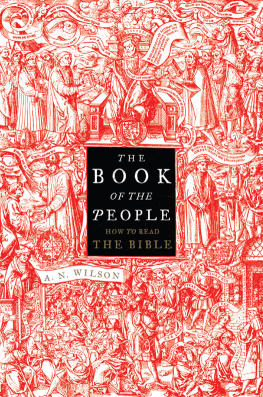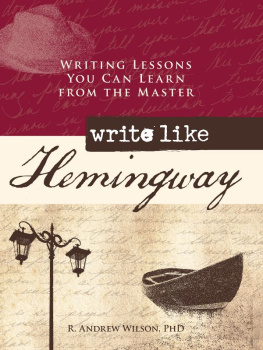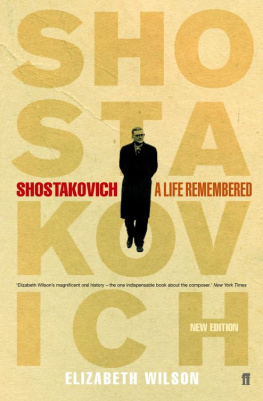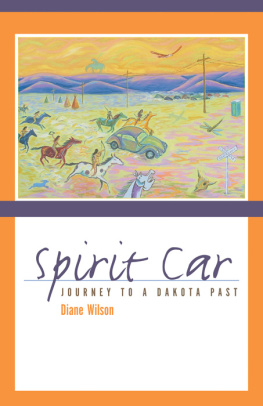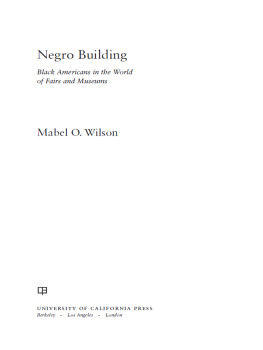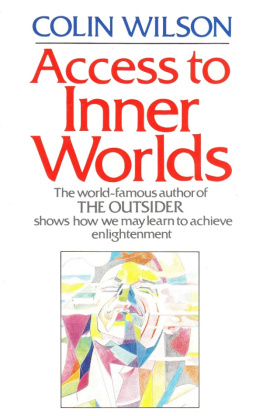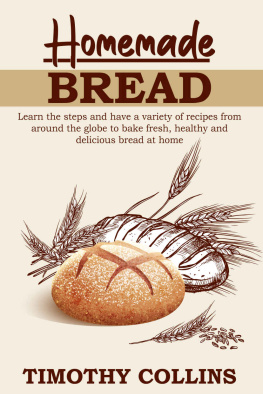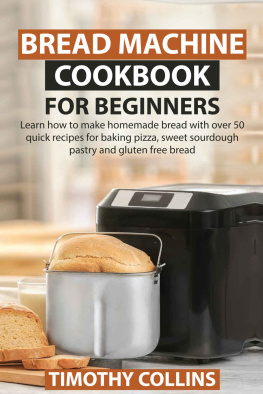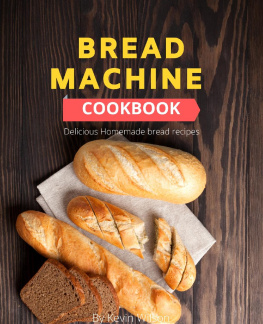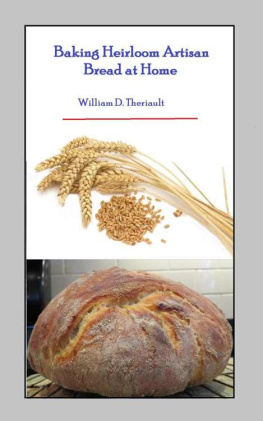Artisan Bread Recipes
Artisan bread recipes for beginner, a complete cookbook to making delicious and simple to baking kneaded breads
Chloe Wilson
Copyright Disclaimer
Copyright 2021 by Chloe Wilson.
All rights reserved. This book or any portion thereof may not be reproduced or used in any manner whatsoever without the express writer permission of the publisher except for the use of brief quotations in a book review.
Disclaimer Notice:
Please note the knowledge contained inside this document is for academic and recreation functions. No warranties of any kind are declared or indicated. Readers acknowledge that the author in not involving within the rendering of legal, financial, medical or expert recommendations. The content inside this book has been derived from many sources. Please consult a licensed exper before trying any techniques delineated in this book.
By reading this document, the reader agrees that beneath no circumstances is the author to blame for any losses, direct or indirect, that are incurred as a result of the usage of knowledge contained inside this document, including, however not restricted to, errors, omissions, or inaccuracies.
A Brief History Bread-Making
Bread, considering its different forms, is the most popularly consumed food in the world. Not solely is it a crucial supply of carbohydrates, its conjointly manageable and compact, this helps to understand why it has been an integral part of our diet for thousands of years. In fact, recent scholarship suggests humans started baking bread as a minimum 30,000 years ago.
Prehistoric man had already been creating porridge from water and grains, therefore it absolutely was a little jump to beginning making this mixture into a solid by baking it on stones.
The 2010 a study by the National Academy of Sciences found traces of starch, probably from the roots of cattails and ferns, in prehistoric mortar and pestle like rocks. The roots would have been hulled and dried before they were ground into flour and mixed with water. Finally, the paste would be baked on heated rocks.
But however, in what manner did humanity get from this prehistoric flatbread to a soft, foodshop loaf? There have been three main innovations that created modern bread.
1. Leavening
Leavening is what makes bread rise into a lightweight and soft loaf. Not leaven bread is called flatbread and is that the most closely connected with mankinds initial breads. Examples consist of Middle Eastern pita bread, Indian naan and Central American tortillas.
The most common leavening for bread is yeast. Yeast floats around in the air, searching for a pleasant place to form a homelike a starchy bowl of flour and water. The primary raised bread was probably the results of some passing yeast creating a range in a bowl of porridge. The yeast began consuming the sugars existing in grain, and emitting carbon dioxide, creating bubbles that resulted in lighter, airier bread. Industrial yeast production dates back to the expert bread creators of Ancient Egypt around 300 B.C.
2. Refined Flour
The earliest bread grains would have been ground by hand with rocks, this could have resulted in coarse. The Mesopotamians refined this technique around 800 B.C., utilizing two flat, circular stones, stacked on the summit each other to grind the grain. These stones were constantly revolved by draft animals or slaves. This millingwhich was the genesis for the way we produce flour todaycreated plain, finely ground flour that quickly became prized as a standing image. The ambition for the whitest, most refined bread continued through the contemporary era, and later advancements comprehend the sieving of flour to get rid of the bran and the germ and also the bleaching of the flour itself.
3. Mechanized Slicing .
For many years, the best white breads were disposed in whole loaves to be cut at homelike a French baguette. The Ney York Public Librarys Lunch exhibit notes: Nineteenth and early 20th-century cookbooks and magazines gave extremely specific recommendation concerning the preparation of a sandwich for lunch. For women and kids, the bread was presumed to be sliced extremely thin and the crusts removed. For employees, thick slices with crusts were deemed suitable.
But in 1917, itinerant jeweler Otto Rohwedder created the primary mechanized bread slicer. Initially, several firms were convinced that housewives wouldnt have an interest, and his bread-slicing machine wasnt put in a mill until 1928. However, in 2 years, ninetieth percent of factory-made bread was mill sliced.
Progress caused what was presumed to be the perfect loaf of bread: white, ultra-fluffy and pre-cut into even slices. This excellent bread was dubbed American. By this emblem, Wonderbread had to be the last loaf of bread we have ever required. However, contemporary science has uncovered the organic process advantage of whole grains, and an increasing number of customers opt for the delicious texture and nutty flavor of a rural loaf.
Introduction
Have you ever baked bread before? Its a blast. You may have perceived that bread baking is undoubtedly hard and, yes, to become a master baker takes heaps of labor but, honestly, in reality it is an easy procedure that you have down once having tried a few times. From that base you will be able to develop endless variations and have a lovely time baking bread.
There are a heaps of aspects i would like to inform you concerning the science and craft of bread baking, however if you have not truly experienced the procedure, what I say might sound like gobbledegook.
So, before we dig into any theory or I provide you with any advices, lets attempt baking a loaf.
The formula below is dead easy. I have seen initial time bakers create lovely loaves applying it.
That said, I have, as well, seen some run into difficulties. My hope is that this might be a delicious introduction to bread baking for you.
If not, try to enjoy and laugh a little out of the procedure. Keep in mind that you are solely out a few bucks for the ingredients used and you might chalk it up as a learning expertise. You will nail it next time, right?
CONTENTS
Ingredients
At its core, bread is simply four ingredients: flour, water, salt and leaven (yeast). That's it. Several recipes involved different ingredients sweeteners like sugar and honey, nuts and fruits to alter the flavor or texture, fats like oil or butter to make the loaf soft but these four are the primary pillars of any bread formula. Understanding the role that every of those four plays is vital to strengthen confidence as a baker.
Flour
Flour is the body of bread. It provides the substance and the food for your leaven.
The flour utilized to create bread is formed of wheat. Wheat seeds (known as berries) are harvested, dried, and ground to prepare the flour. The husk of the berry (called the bran) is removed before grinding most flour, although within the case of whole flour the bran is also ground up.
Some proteins, such as gluten, which are necessary for the loaf to carry its shape, are contained in the wheat. Wheat, which has a higher protein content, is recognized as tough wheat, whereas soft wheat has a lower protein content. Bakers tend to use tough flours in things that contain various wide holes in them like French bread and reserve softer flours for things with tiny holes like cakes and muffins.
Standard flour is recognized in North America as All Purpose undyed Flour (AP flour, for short). AP flour is formed of a mix of soft and tough wheat and is, as well as the name suggests, created to be helpful for almost all forms of baking. It definitely is adequate whenever you begin baking bread.


